Listen to part of a lecture in an ecology class.
So we've been talking about nutrients, the elements in the enviroment that are essential for living organisms to develop, live a healthy life and reproduce.
Some nutrients are quite scarce; there just isn't much of them in the environment.
But fortunately, they get recycled.
When nutrients are used over and over in the environment, we call that a nutrient cycle.
Because of the importance of nutrients and their scarcity, nutrient recycling is one of the most significant ecosystem processes that we'll cover in this course.
The three most important nutrient cycles are the Nitrogen cycle, the Carbon cycle, and the one we are going to talk about today, the Phosphorus cycle.
So the phosphorus cycle has been studied a lot by ecologists because like I said phosphorus is an important nutrient and is not so abundant.
The largest quantities are found in rocks and at the bottom of the ocean.
How dose Phosphorus get there?
Well, let's start with the Phosphorus in rocks.
The rocks gets broken down into smaller and smaller particles as they are weathered.
They are weathered slowly by rain and wind over long periods of time.
Phosphorus is slowly released as the rocks are broken down and it gets spread around into the soil.
Once it's in the soil, plants absorb it through their roots.
So that's the reason people mined rocks that contain a lot of phosphorus to help with the agriculture?
Uh-huh, they mined the rock ,artificially break it down and put the phosphorus into the agriculture fertilizers.
So humans can play a role in the first part of Phosphorus cycle----
The breaking down of rocks and spreading the Phosphorus into the soil ,by speeding up the rate at which this natural process occurs. You see.
Now after the Phosphorus is in the soil, plants grow, they use phosphorus from soil to grow; and when they die, they decompose.
And the Phosphorus is recycled back into the soil, the same thing with the animals that eat those plants, or eat other animals that have eaten those plants.
We call all of this the land phase of the Phosphorus cycle.
But a lot of the Phosphorus in the soil gets washed away into rivers by rain and melting snow; and so begins another phase of the cycle.
Can any one guess what it's called? Nancy.
Well, if the one is called the land phase, then this has to be call the water phase, right?
Yes, that's such a difficult point, isn't it?
In a normal water phase, rivers eventually empty into oceans and once in the oceans, the Phosphorus gets absorbed by water plants like algae.
Then fish eats the algae, or eat other fish that have eaten those plants.
But the water phase is sometimes effected by excessive fertilizers.
If not all of the phosphorus gets used by the crops and large amounts of phosphorus gets into the rivers, this could cause a rapid growth of water plants in the river, which can lead to the water ways getting clogged with organisms, which can change the flow of the water.
Several current studies are looking at these effects and I really do hope we can find the way to deal with this issue before these ecosystems are adversely affected. OK?
Of course, another way that humans can interrupt the normal process is fishing.
The fishing industry helps bring Phosphorus back to land.
In the normal water phase the remaining Phosphorus makes its way, settles to the bottom of the ocean and gets mixed into the ocean sediments.
But remember, this is a cycle.
The Phosphorus at the bottom of the ocean has to somehow make its way back to the surface, to complete the cycle, to begin the cycle all over again.
After millions of years, powerful geological forces like underwater volcanos lift up the ocean sediments to form new land.
When a underwater volcano pushes submerged rock to the surface, a new island is created.
Then over many more years the Phosphorus-rich rocks of the new land begin to erode, and the cycle continues.
What about, well, you said that the Nitrogen cycle is also an important nutrient cycle.
And there is a lot of nitrogen in the atmosphere, so I was wondering, is there a lot of Phosphorus in the atomosphere too?
Good question, George.
You are right to guess the Phosphorus can end up in the earth's atomosphere.
It can move from the land or from the oceans to the atomosphere and vice versa.
However there's just not substantial amount of it there, like there is with Nitrogen.
It's a very minimal quantity.

















 分享成功
分享成功



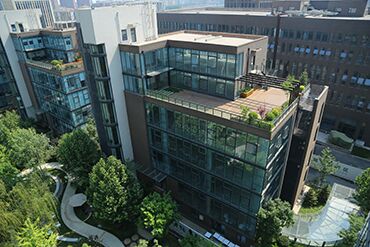
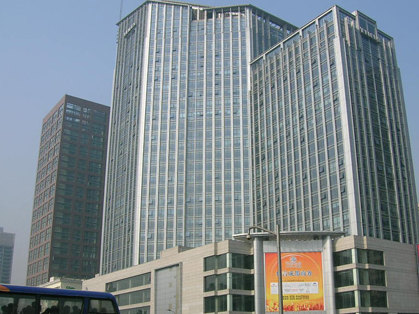
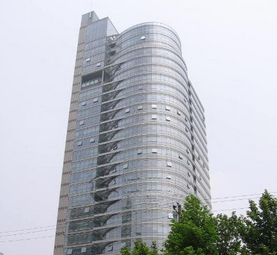



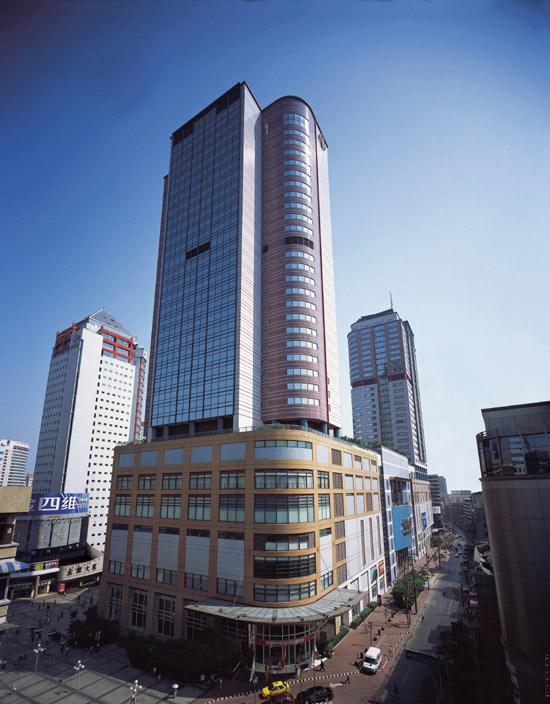
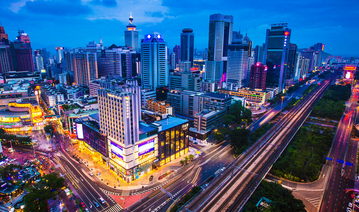






草莓小菇凉:说的非常好,十分有道理,棒棒棒!
06-08 15:44:55